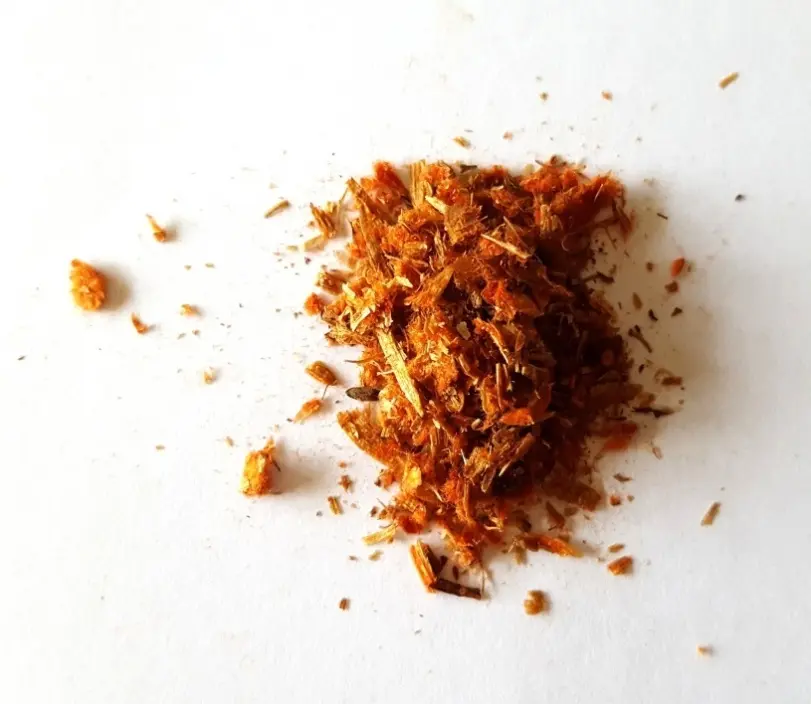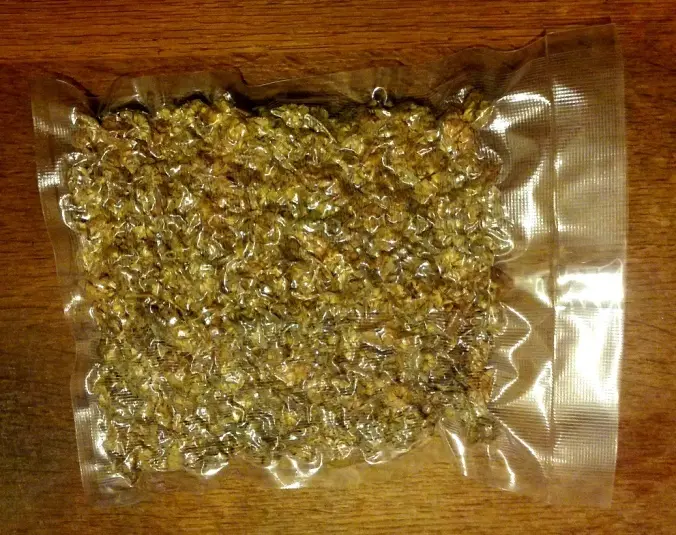Wild Dagga #
| Binomial / Botanical Name | Leonotis Leonurus |
| Street Names | Lion’s Tail |
| Major Active Compound | Leonurine |
| Indigenous Source | South Africa |
| Form | Petals |
| RoA | Oral /Smoked |
| Personal Rating On Shulgin Scale | +** / + |


SUBJECTIVE EXPERIENCE #
Wild dagga is one of the better known natural sedatives, particularly in southern Africa. It has been used as a remedy for a significant number of ailments, and recreationally, as an occasional substitute for cannabis. My notes at the time of testing were as follows:
Also known as Lion’s Tail and Wild Dagga, Erowid classifies this as a Sedative; Intoxicant, and it was my latest venture into the ethnobotanical arena. It was quite pricey, but did it work?
Online reviews are mixed, but this seems to be the most common sentiment:
“It is a nice smoking blend but don’t buy it if you are looking to get high. It does have some calming effects but just slightly. It’s nothing like pot is what I’m saying.” ~ Danlennon3, shroomery.org
Last week I tried smoking it. It was a bit rough, and tasted pretty nasty. In terms of psychoactive effect, there was some, but nothing notable or particularly pleasing.
Unperturbed I decided to vape, having identified a couple of temperature recommendations [150°C to 175°C (302°F to 347°F)]. This produced a minor background effect, but not really what I was hoping for from my £10.
Smoking it in a bong, as opposed to rolling it into a joint, I found the effect to be a little stronger. It helped that it was more pleasing from an aesthetic perspective.
Tonight I tried wild dagga tea. I used about 14g over several cups. This was much better. There was no particular high; just a mellow buzz and a mild lifting of anxiety. I wouldn’t describe it as being stoned, but the psychoactivity was definitely there, and was quite pleasant.


In making these observations I should note that most of the wild dagga I have seen for sale on the Internet is more colourful than mine. It is possible that it is more potent.
Overall, I found this to be more pleasing and sedating when taken as a tea, although nowhere near as active as, for example, kanna or kratom. It did, however, produce one final surprise: on retiring to bed I felt that there was some form of oneirogenic reaction, albeit minor.
At a later date I managed to obtain a fresher batch of this material. This felt cleaner, and I found smoking to be slightly more rewarding than described above.
This certainly creates a buzz-like sedation, at the lower end of the scale, but it is not a plant I am particularly drawn to return to.